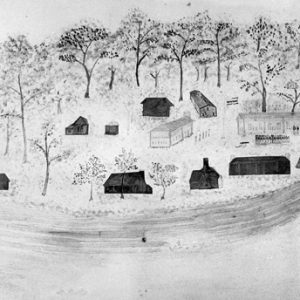Entry Category: Time Period
Divergent Prosperity and the Arc of Reform, 1968–2022
Early Twentieth Century, 1901 through 1940
European Exploration and Settlement, 1541 through 1802
 Fort Smith in 1836
Fort Smith in 1836
Louisiana Purchase through Early Statehood, 1803 through 1860
Post-Reconstruction through the Gilded Age, 1875 through 1900
Pre-European Exploration, Prehistory through 1540
 Victory Parade
Victory Parade




